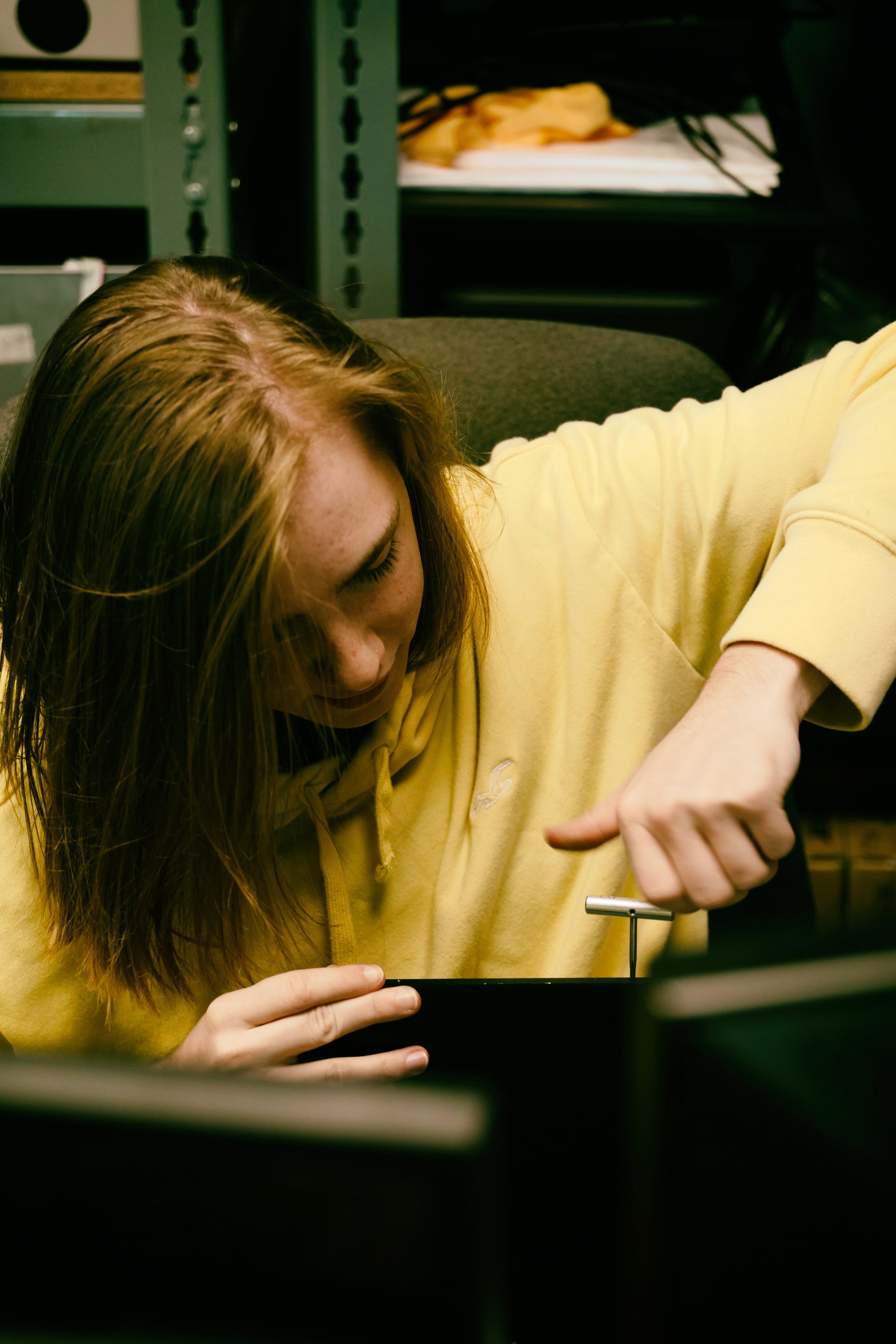Indicators on Olis Clarity You Need To Know
Wiki Article
Top Guidelines Of Olis Clarity
The recommendation tube transfers as much light as is feasible with the remedy you are utilizing. An example tube with any focus of the measurable substance takes in extra light than the reference, transferring much less light to the photometer. In order to obtain the very best readability and precision, the range is established to read no absorbance (100% transmission) with the reference in position.
If you use a water space as a recommendation, you may discover that the remedy alone absorbs so much light loved one to distilled water that the functional range is compressed, and the accuracy is extremely inadequate.
There are two major classes of spectrophotometers; solitary light beam and double beam of light. A dual beam spectrophotometer measures the ratio of the light strength on two different light paths, and a solitary light beam spectrophotometer gauges the outright light intensity. Proportion dimensions are much easier, and generally stabler, solitary beam of light tools have advantages; for instance, they can have a larger vibrant range, and they can be much more compact.

After the example, the strength of the continuing to be light is determined with a photodiode or various other light sensor, and the passage for this wavelength is after that computed. In short, the series of events in a spectrophotometer is as adheres to: The light beams with the example. The example soaks up light.
The Definitive Guide for Olis Clarity
The detector after that transforms just how much light the example absorbed into a number. Regions of the spectrum, and some of these instruments additionally run into the near-infrared area.
This can make it impossible to handle shade problems if one or more of the printing inks is fluorescent. Where a colorant includes fluorescence, a bi-spectral fluorescent spectrophotometer is used. There are two major configurations for aesthetic range spectrophotometers, d/8 (round) and 0/45. The names are due to the geometry of the source of light, observer and inside of the measurement chamber.

If the compound is a lot more focused a lot more light will certainly be soaked up by the example; within small varieties, the Beer-Lambert law holds and the absorbance between examples vary with focus linearly. Examples are normally prepared in cuvettes; depending on the area of interest, they may be built of glass, plastic, or quartz. The light resource radiates onto or with the example. 2. The example transfers or mirrors light. 3. The detector detects just how much light was shown from or transferred via the sample. 4. The detector then converts just how much light the sample transferred or showed right into a number.
Offered the quality of the preliminary Beckman spectrophotometers, the US Office of Rubber Get asked Beckman Instruments to start construction of IR Spectrophotometers based upon the design made use of by Covering Development Business that might determine the chemical concentration of the source materials right before they were made use of in the rubber production.
The Best Strategy To Use For Olis Clarity
The business terminated the DU Spectrophotometer as a stand-alone tool in 1976 - https://olis-clarity.jimdosite.com/. UV/Vis/NIR
This includes the noticeable spectrum and radiation of longer and much shorter wavelengths on either side of the band; see Number 1. Register for the Felix tools Weekly post collection. Light is split when it strikes an item, as some parts of it are taken in, et cetera is reflected or transmitted.

Spectrophotometry applications are valuable to gauge the absorbance, reflectance, and transmission of light by gases, fluids, and solids. A spectrophotometer measures the variety of photons given off to estimate the intensity of light ranges soaked up and sent by an example find this (https://www.edocr.com/v/byoyrrmk/julieanndesalorenz30606/olis-clarity). This provides details on the quantity of a substance in the example
to split monochromatic light right into the element wavelengths. These can be prisms that split white light right into the component visual colors. The monochromator can additionally grate to get UV, visual, and IR radiation bands., which is a slit that is made use of to select the desired wavelength/light band., or vessels, are usually made of glass or quartz to hold sample option.
Getting My Olis Clarity To Work
compare the light intensity of the spectrum from a sample to a reference beam of light. Applications needing stability, speed, and automation count on double-beam spectrophotometers, which are costly. These generally have similar or far better precision than single-beam spectrophotometers. are cost-effective compared to double-beam versions and have the potential to carry out better, as they do not require to expend energy splitting the beam.
states a straight however non-linear partnership exists in between the length of the light path through the cuvette/sample (l) and the strength of light sent, as displayed in Figure 5. It is the intensity of light before it goes into the sample, and It is the intensity of light after it has gone through the example.
The mix of both regulations, called the states that absorbance depends upon solute focus (c), it's molar absorptivity or absorption coefficient (), and the length of light course (l). Absorbance (A) = lc Absorbance and transmittance have no spectrophotometric systems of dimension. The light path length (l) is determined in cm, and is determined in Lmol-1cm-1.
The strategy is optimal for figuring out the organic compounds in ingredients and food mixes. NIR spectrophotometers are utilized for food evaluation, as this light band targets the organic bonds formed in between compound aspects. These devices are basic to make use of and all at once offer fast dimensions of several constituents. In addition, as water absorbs much less, NIR spectrophotometry can examine food and ingredients with high water web content, such as a glass of wine.
Things about Olis Clarity
A spectrophotometer is a crucial tool several sectors use. It is a tool that gauges the amount of light taken in by a material.
Report this wiki page